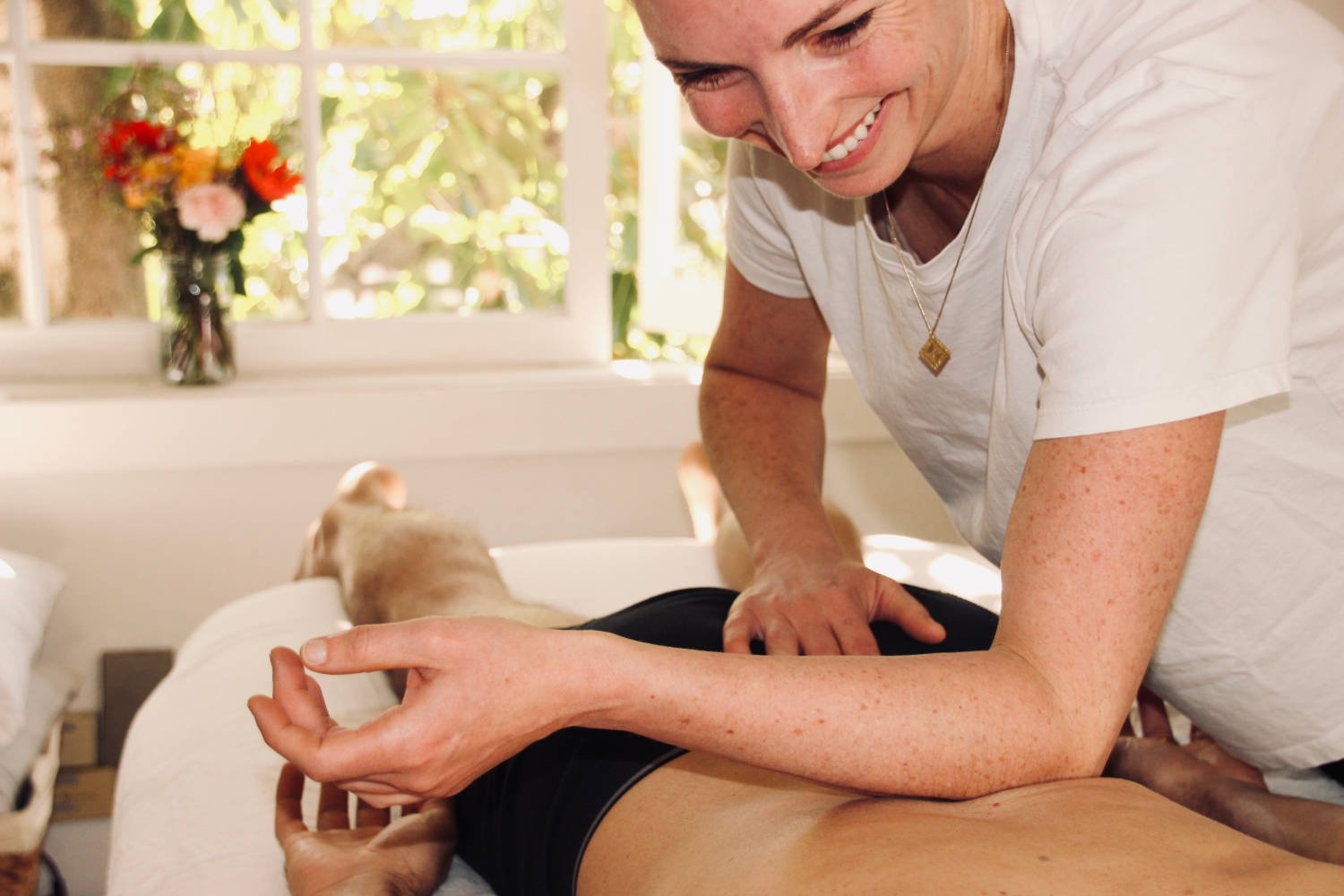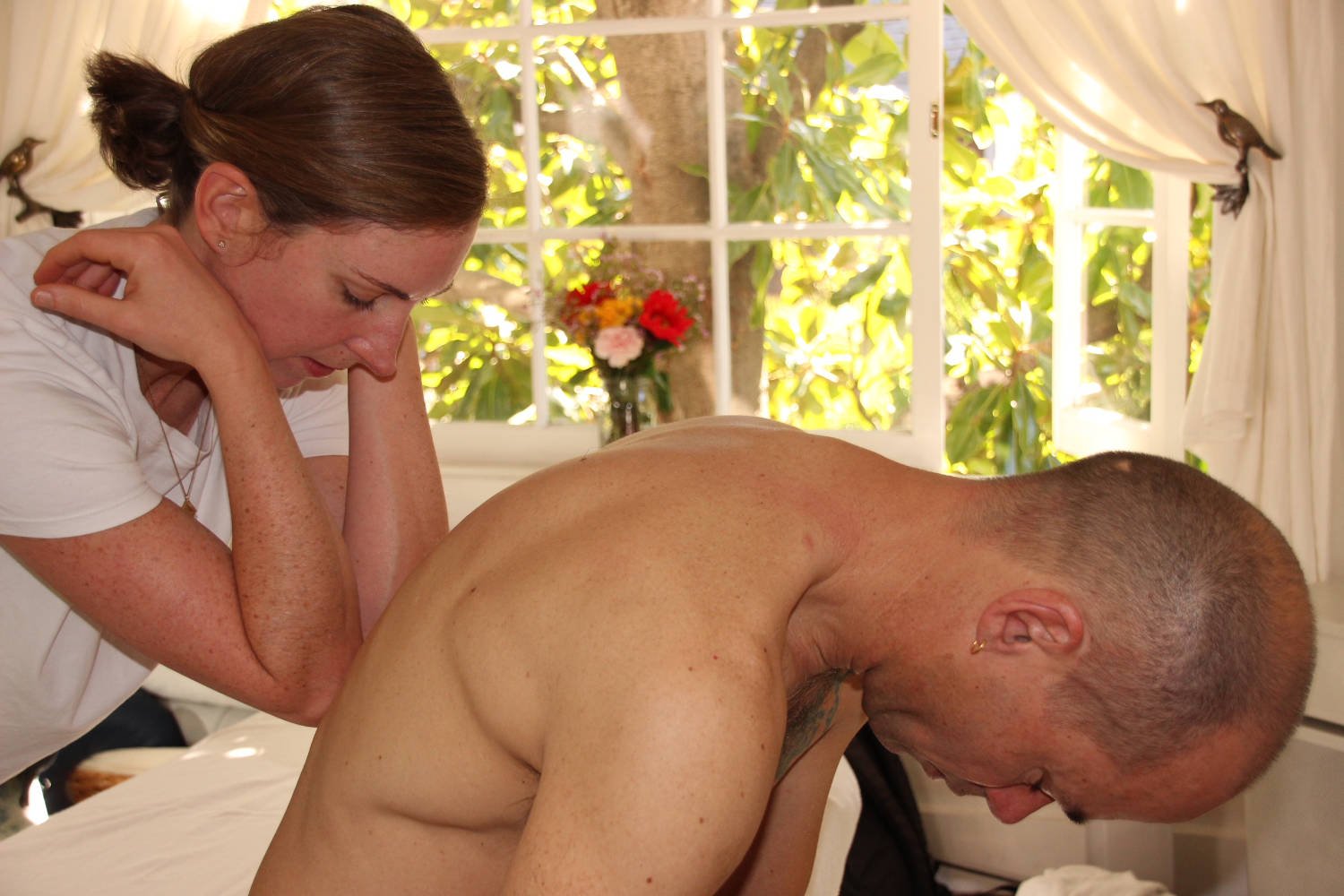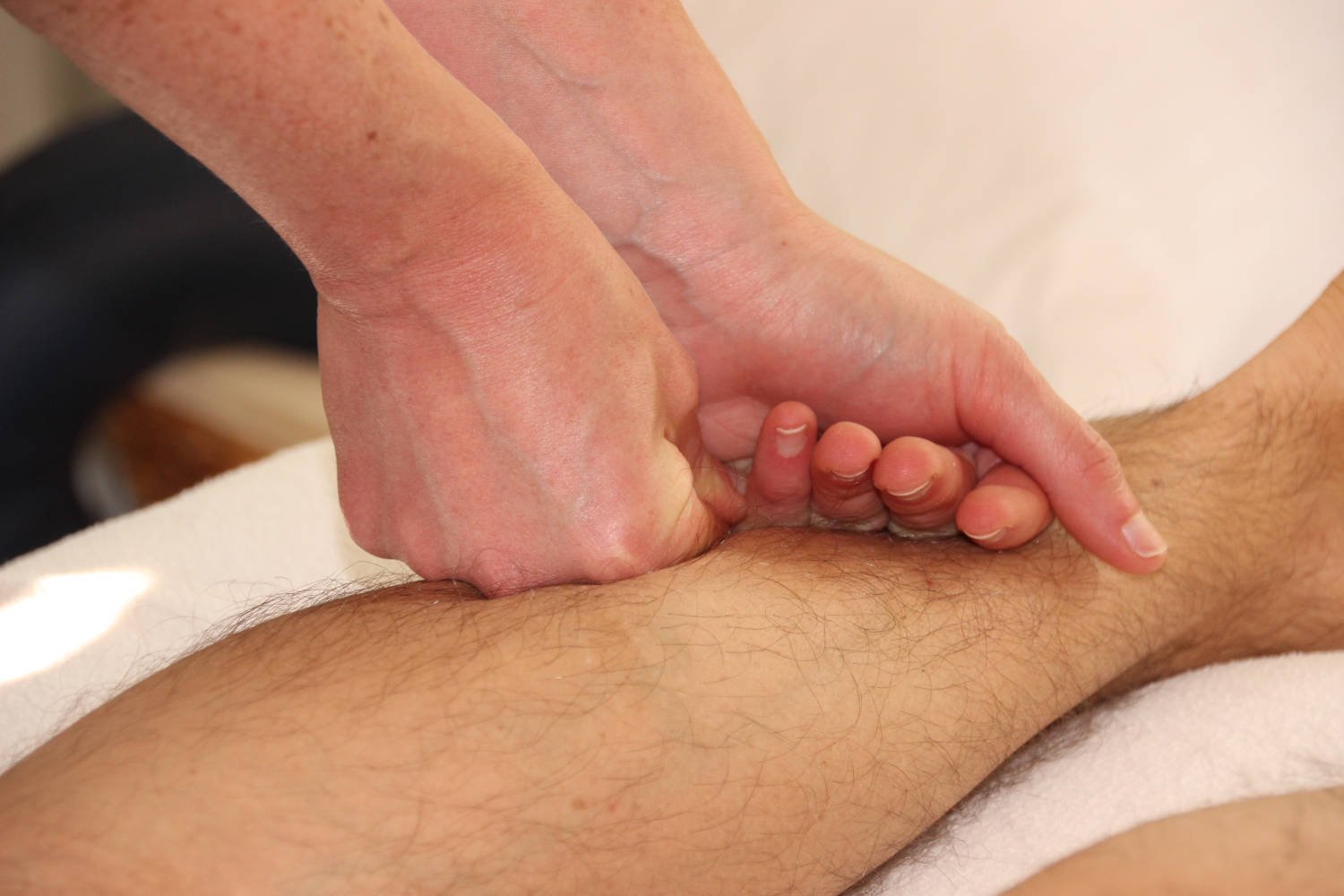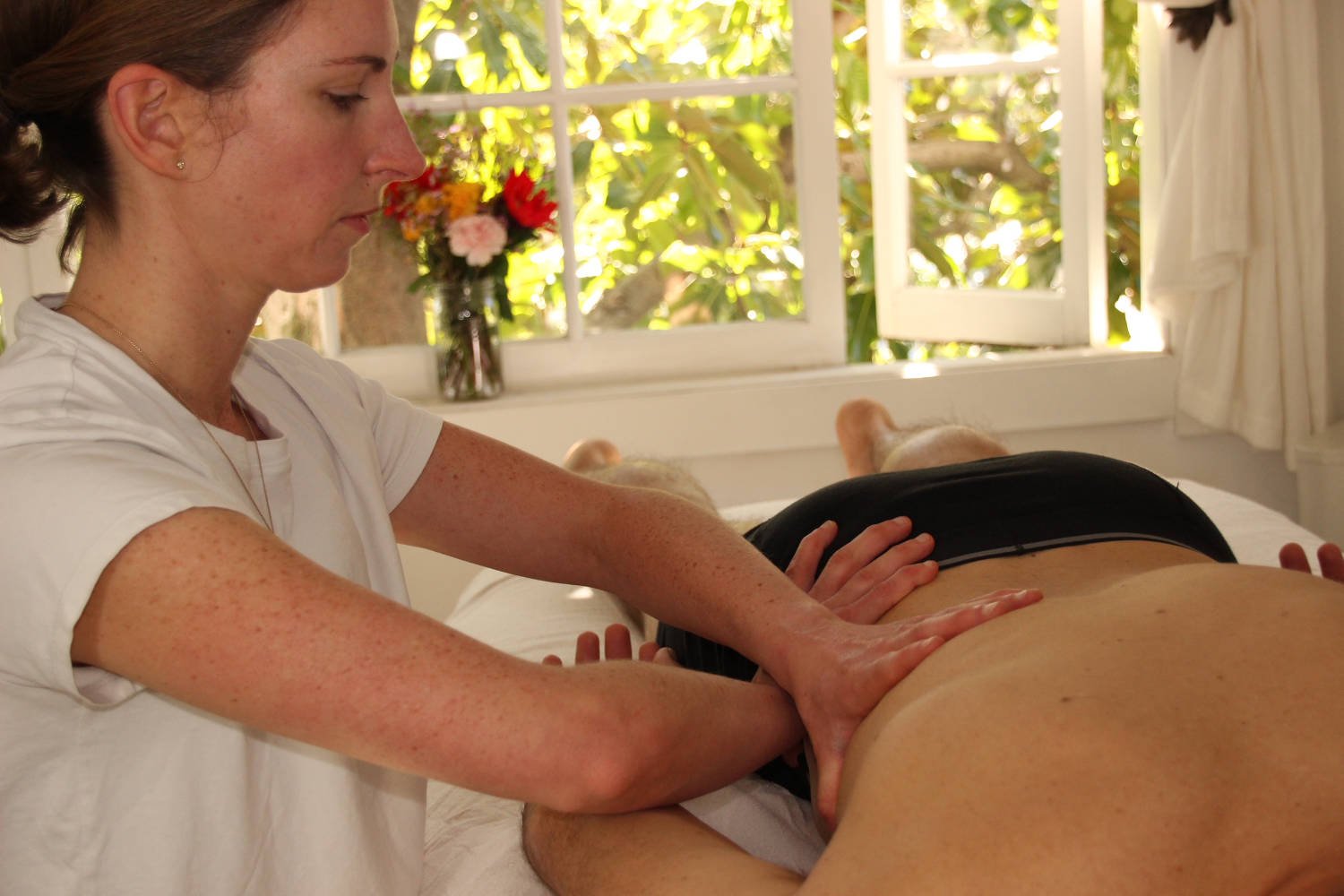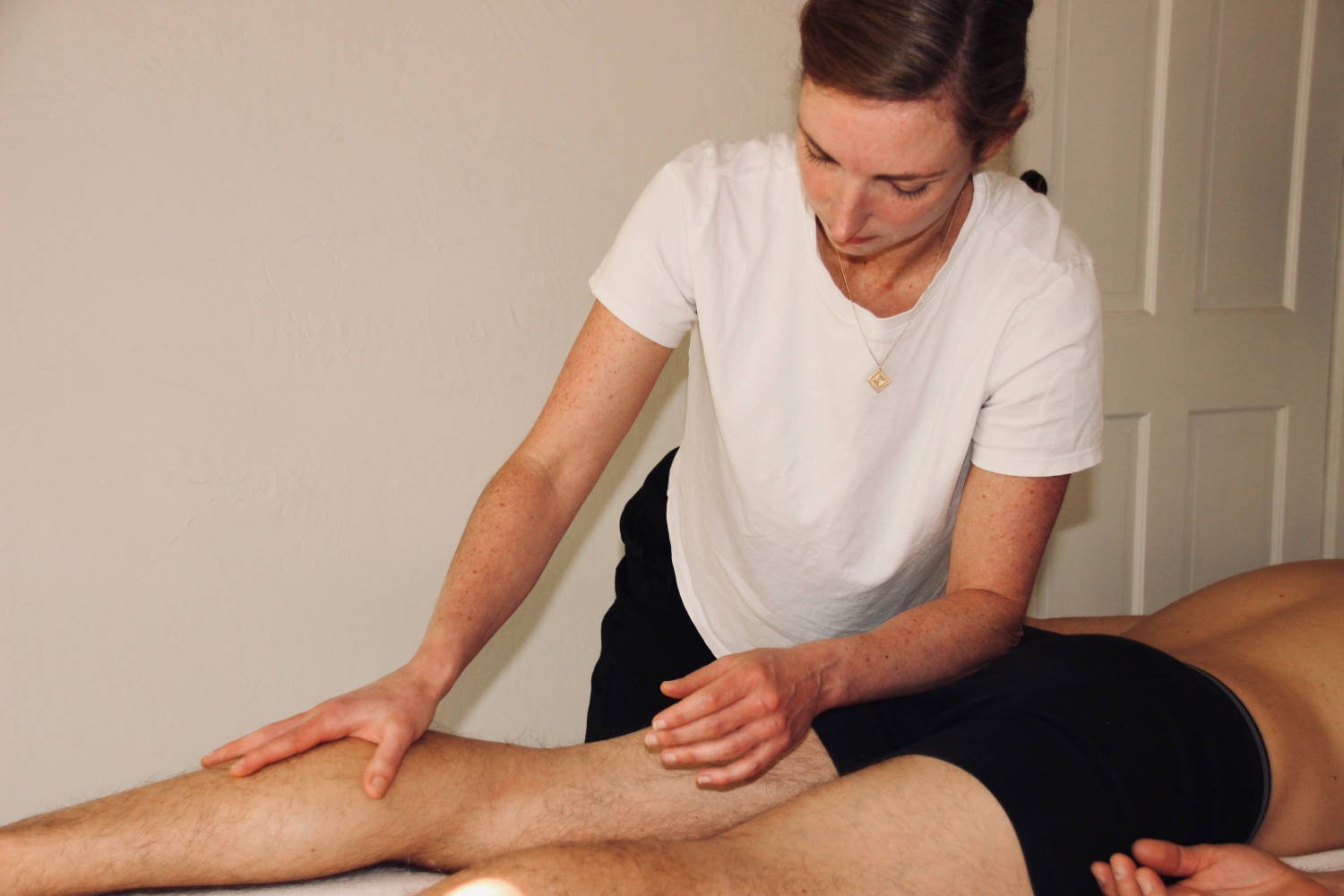What To Expect
Rolfing Sessions
About Rolfing® Sessions
Clients oftentimes report feeling lighter, and more relaxed.
Sessions will begin with what Rolfers™ call a “body reading”, where we watch you walk and do simple movements to see what is not moving in congruence with the rest of your body. It also gives you an opportunity as a client to sense in and get curious about your own interoception and proprioception. In other words, understanding how and what you are feeling inside your body and how you sense your body in space. Conversations about physical and emotional injuries are informative as well. We listen and watch for clues that could depict a particular psychobiological worldview that will be held in consideration during our work together.
Sessions include pressure of various levels to sense where the restrictions are and how to release them. Testing and retesting range of motion and mobility through joints help determine the effectiveness of the work and what to do next. Slow and small movements during the sessions engage the client somatically and teach new pathways. Clients oftentimes report feeling lighter, more relaxed, taller, and more upright with ease.
FAQs
-
The infamous question from the unfortunate negative reputation Rolfing has somehow been given over the years. To be honest, Rolfing can have moments of intensity, but it is the practitioner’s responsibility to always be in communication with the client, establish a level of trust where if a client winces or retracts, the practitioner adjusts the pressure to allow the client more space to meet it.
No pain, no gain is not the idea here. Actually, sometimes less pressure invites the client to inhabit a certain part of the body more. And yes, sometimes deep pressure is necessary to release dense fascial thickening. Everyone has a unique perception of touch and that should always be taken into consideration.
-
Dr.Ida P. Rolf was known for her 10-Series that addresses the entire body in a strategic and sophisticated way. That is not required to start working together, but recommended.
3 weekly sessions are great because we can create a sense of continuity, depth and integration. Monthly sessions are popular “tune-up” options as well. But if you haven’t received much bodywork in the last six months, more than one session is recommended.
-
Scars usually take 6-8 weeks to form, after which it should be safe to work. Fascial release can help prevent scar tissue buildup and can promote blood flow and healing.
-
The work is more effective if your nervous system is calm, so I recommend not doing any high intensity training before the sessions.
It is best if you can take 24 hours to rest and integrate after the work. Walking and doing non-repetitive movement explorations are a wonderful way to deepen awareness and build new neurological pathways.

